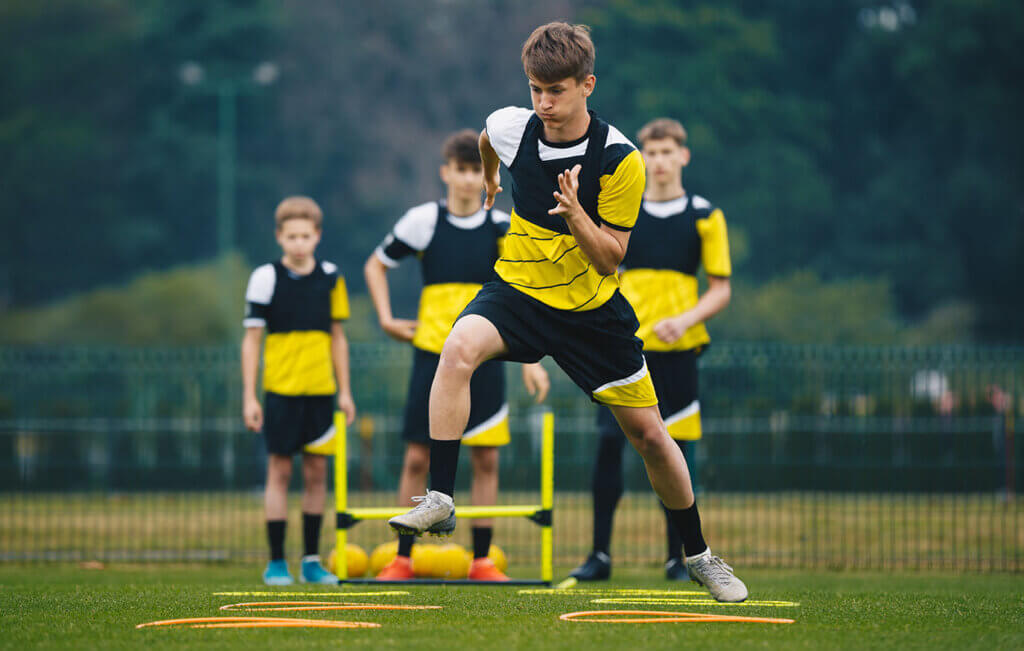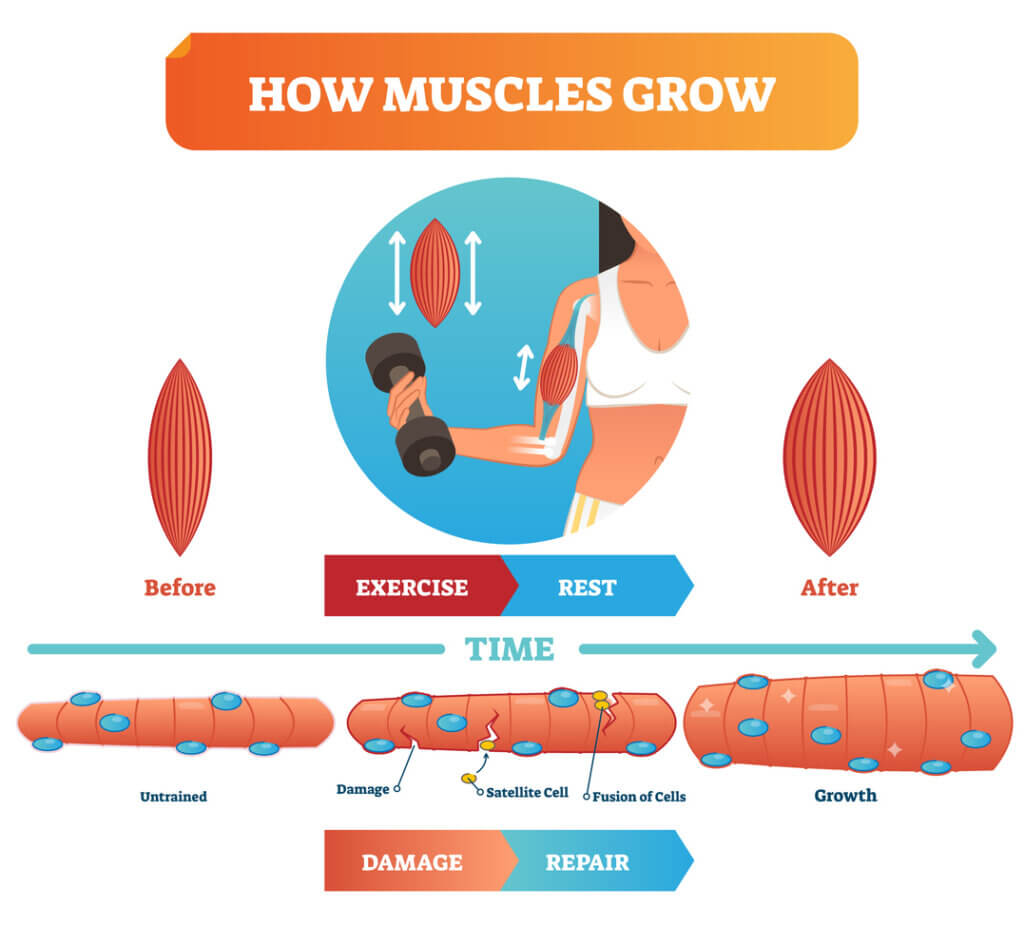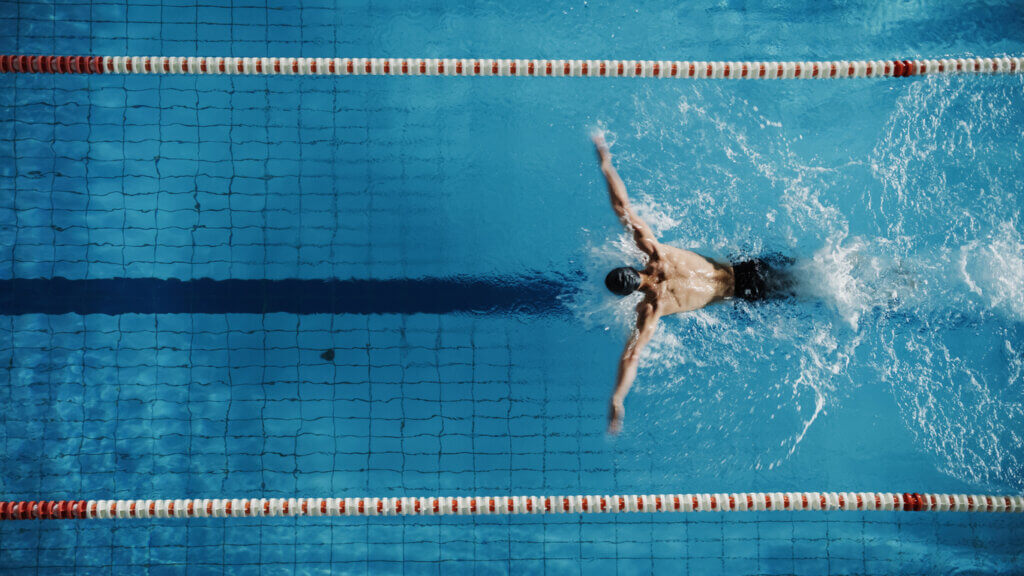Unlock Peak Athletic Performance with Recovery
Achieving peak athletic performance isn’t just about how hard you train; it’s also about how well you recover. Recovery is an essential component of any training program, enabling your body to repair, strengthen, and prepare for future workouts. By emphasizing recovery, athletes can enhance performance, prevent injuries, and avoid burnout. Let’s explore the importance of recovery and various methods to incorporate into your routine.
The Importance of Recovery in Athletic Performance
Muscle Repair and Growth:
When you exercise, especially during intense workouts, your muscle fibers experience microscopic tears. Recovery allows your body to repair these tears, leading to stronger and larger muscles. This process, known as muscle hypertrophy, is crucial for improving strength and endurance.
Prevention of Overtraining:
Overtraining occurs when the body does not have enough time to recover between workouts, leading to decreased performance, fatigue, and increased risk of injuries. Adequate recovery helps prevent overtraining by allowing the body to adapt and strengthen.
Enhanced Performance:
Recovery is essential for replenishing energy stores, removing metabolic waste, and reducing muscle soreness. This ensures that athletes can perform at their best in subsequent training sessions or competitions.
Mental Well-being:
Physical recovery is closely linked to mental recovery. Adequate rest and recovery can help reduce stress, improve mood, and enhance overall mental health, which is vital for sustained athletic performance.


Key Recovery Methods
Sleep:
Importance: Sleep is the most critical component of recovery. During deep sleep, the body releases growth hormones that aid in muscle repair and growth. Quality sleep also helps in cognitive function, decision-making, and reaction times.
Tips: Aim for 7-9 hours of sleep per night. Create a sleep-friendly environment by maintaining a cool, dark, and quiet room. Establish a regular sleep routine by going to bed and waking up at the same time every day.
Active Recovery:
Importance: Active recovery involves low-intensity exercises that promote blood flow to muscles, helping to clear out metabolic waste and deliver nutrients needed for repair.
Examples: Activities like walking, cycling at a leisurely pace, swimming, or yoga can be effective active recovery methods. These activities should be gentle and not add additional stress to the body.
Stretching and Flexibility:
Importance: Stretching helps maintain flexibility, reduce muscle tension, and improve the range of motion. This can prevent injuries and aid in muscle recovery.
Tips: Incorporate dynamic stretching before workouts to prepare muscles and static stretching after workouts to relax and lengthen muscles. Consider activities like yoga or Pilates to enhance flexibility.
Therapies and Massage:
Importance: Various therapeutic methods can accelerate recovery by improving blood flow, reducing muscle stiffness, and promoting relaxation.
Methods:
Massage Therapy: Helps in breaking down scar tissue, reducing muscle soreness, and promoting relaxation.
Foam Rolling: A form of self-myofascial release that targets tight muscles and improves blood circulation.
Cryotherapy: Exposure to cold temperatures can reduce inflammation and pain.
Compression Therapy: Using compression garments or devices to improve circulation and reduce muscle fatigue.
The Science Behind Muscle Repair
Muscle repair is a complex process involving several physiological mechanisms. When muscles are subjected to stress during exercise, tiny tears occur in the muscle fibers. The body responds by initiating an inflammatory process to remove damaged cells and start the repair process. Satellite cells, a type of stem cell, play a crucial role in repairing and regenerating muscle tissue. They proliferate and fuse to the damaged muscle fibers, creating new myofibrils, which results in stronger and larger muscles.
Adequate recovery time allows these processes to occur effectively. Without sufficient recovery, the body cannot repair the damage, leading to impaired performance and increased injury risk.


Preventing Overtraining and Burnout
Overtraining and burnout are significant risks for athletes who neglect recovery. Overtraining syndrome (OTS) can manifest as chronic fatigue, decreased performance, frequent injuries, and mental exhaustion. It’s essential to recognize the signs of overtraining and take proactive measures to prevent it.
Listen to Your Body:
Pay attention to signs of fatigue, persistent soreness, and mental burnout. Adjust your training intensity and volume accordingly.
Implement Rest Days:
Schedule regular rest days in your training program to allow for full recovery.
Periodization:
Structure your training program in cycles, varying the intensity and volume to include periods of rest and recovery.
Nutrition:
Proper nutrition plays a crucial role in recovery. Ensure a balanced diet rich in proteins, carbohydrates, healthy fats, vitamins, and minerals to support muscle repair and energy replenishment.
Conclusion
Recovery is not just a passive process but an active component of training that requires careful attention and planning. By prioritizing recovery through methods such as adequate sleep, active recovery, stretching, and therapeutic techniques, athletes can unlock their peak performance potential while safeguarding their health and well-being. Remember, the time you invest in recovery is just as important as the time you spend training. Embrace recovery to enhance your performance, prevent injuries, and achieve your athletic goals.

